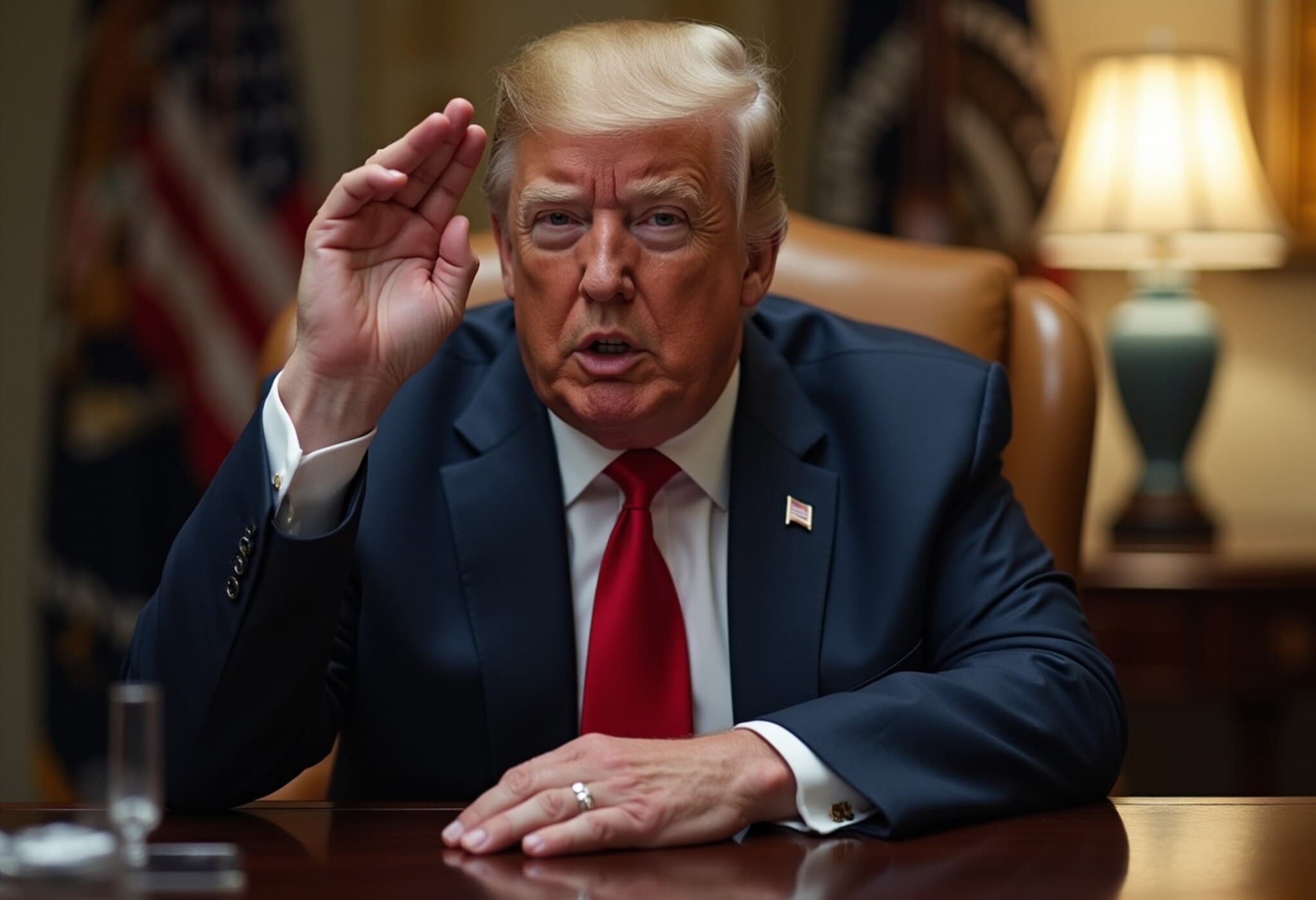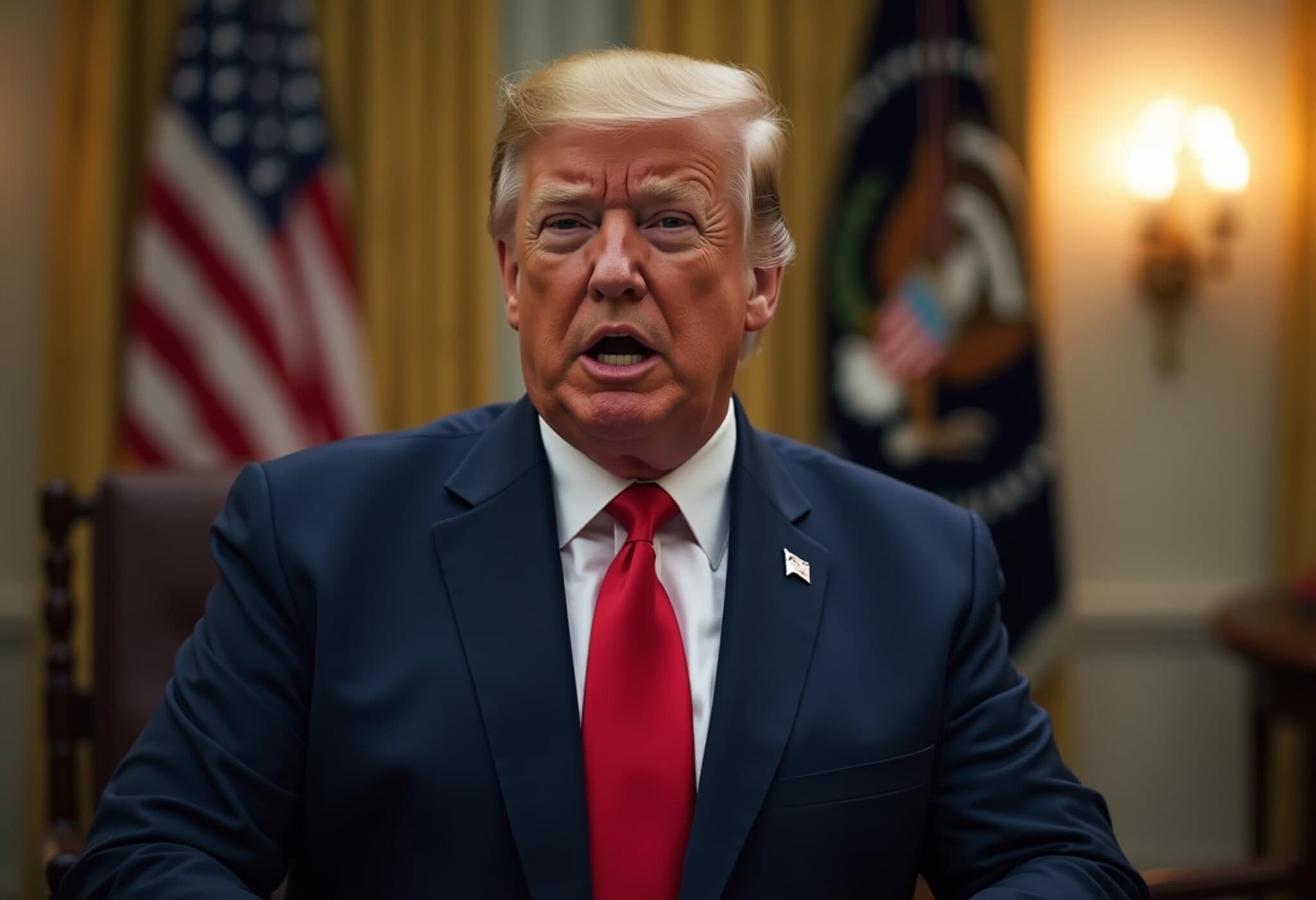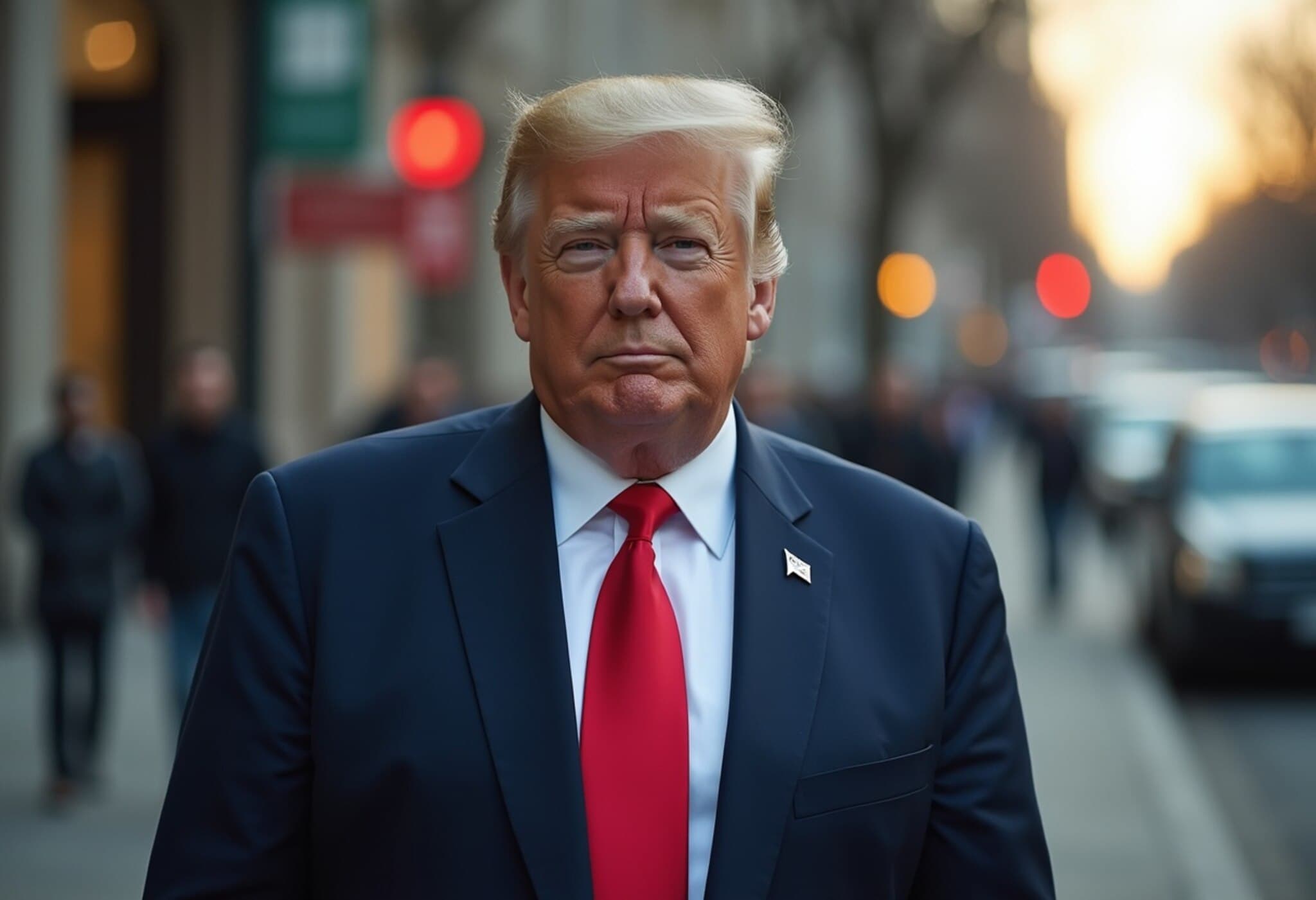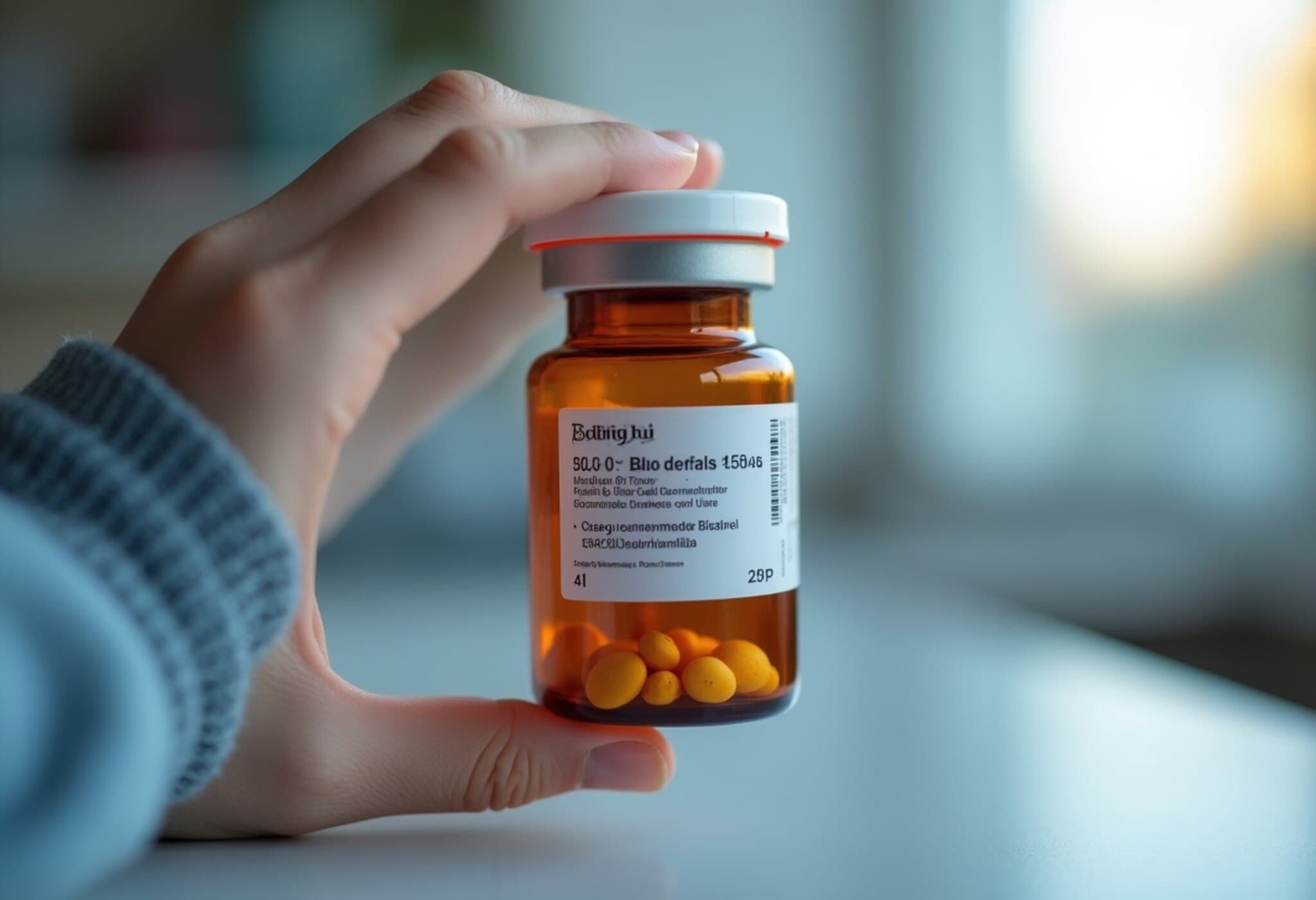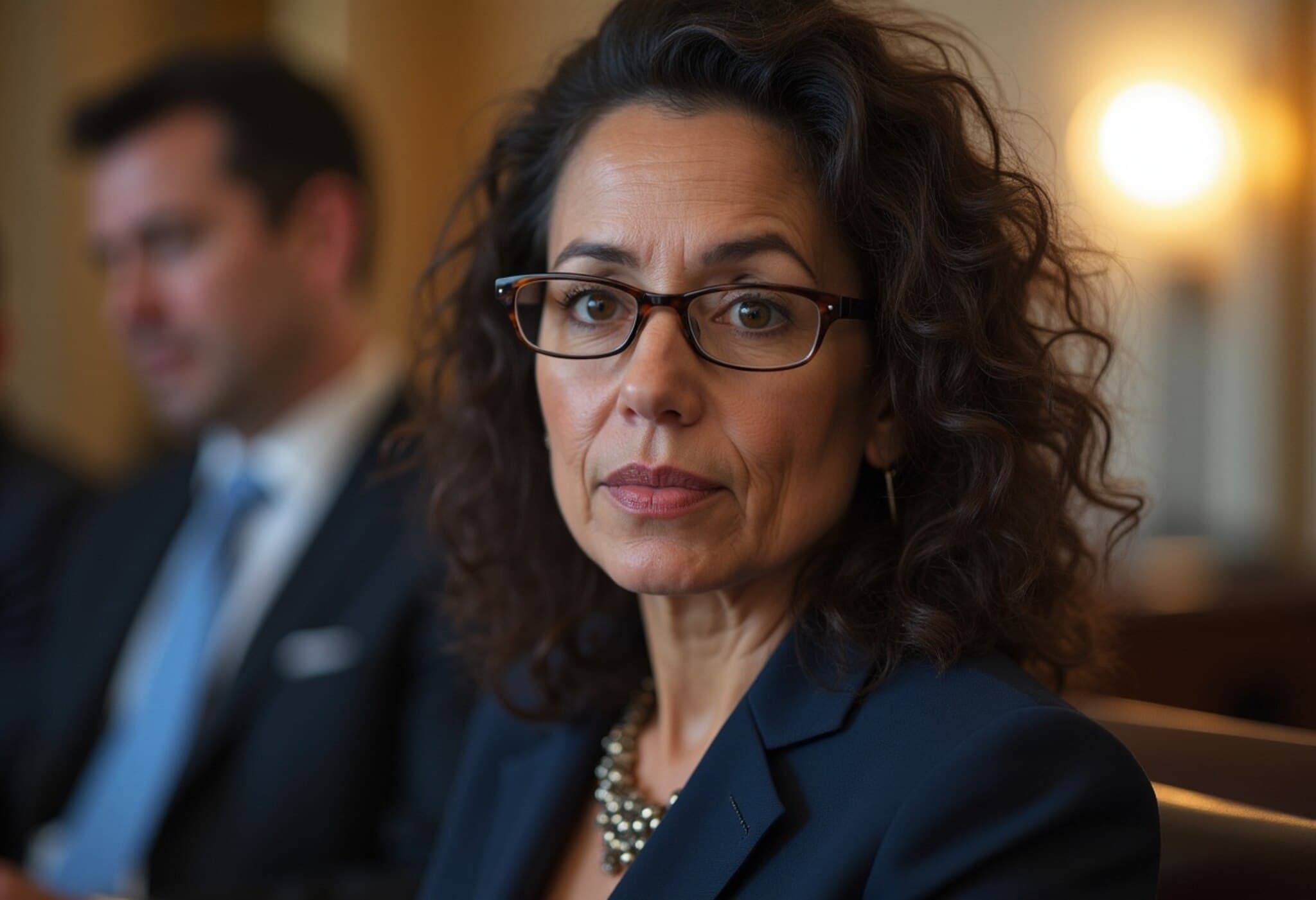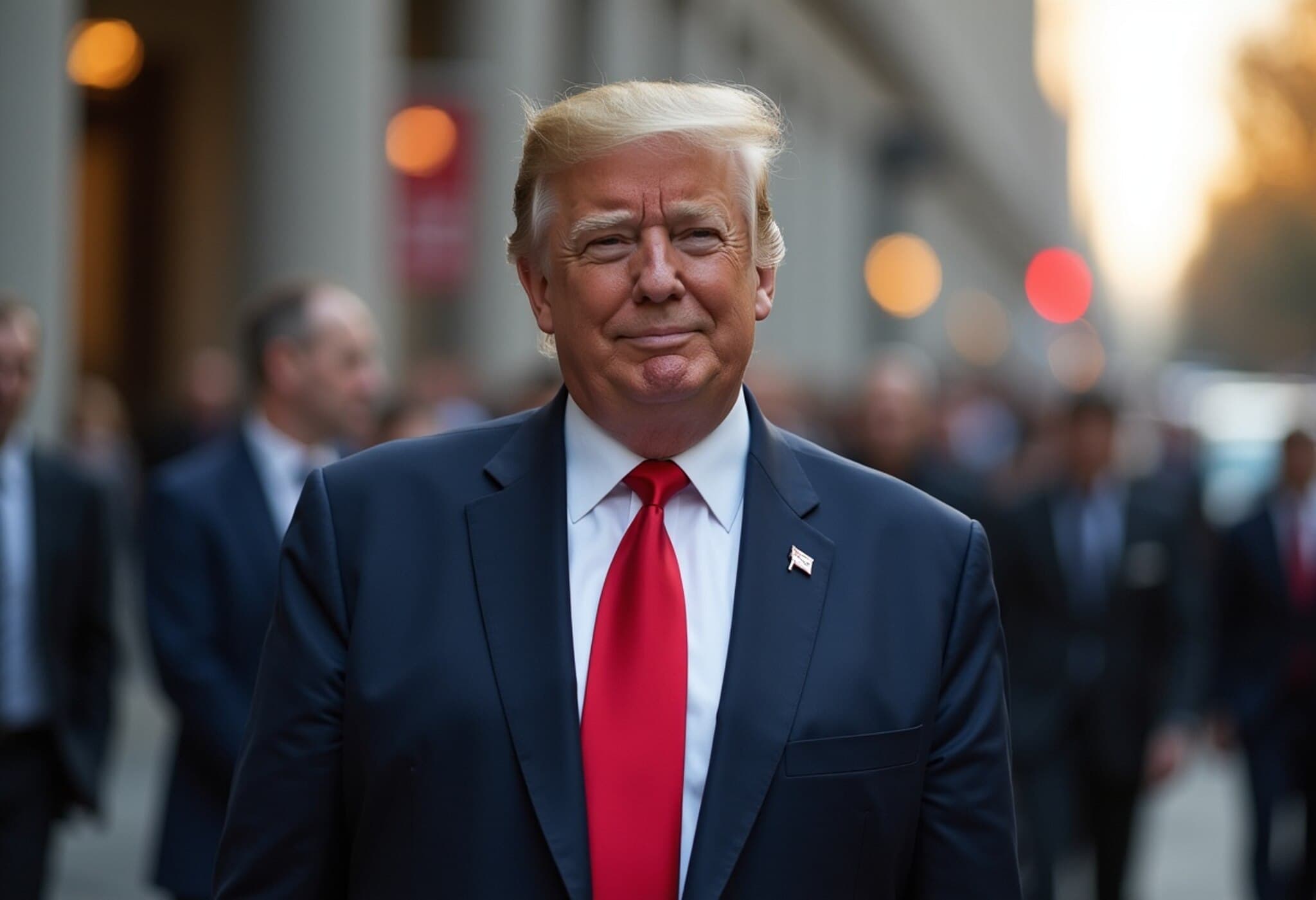FDA Embraces Drug Affordability Amid New Fast-Track Approval Vouchers
The U.S. Food and Drug Administration (FDA) is taking a significant step toward addressing rising drug costs by factoring drug affordability into its new rapid-approval voucher program. FDA Commissioner Dr. Marty Makary revealed in a recent CNBC interview that the agency would now consider cost alongside innovation and public health impact when awarding these coveted vouchers that accelerate drug review times to as little as one or two months.
Background: Accelerating Drug Approvals for National Priorities
Earlier in June 2025, the FDA announced a new national priority voucher initiative aimed at expediting the approval process for treatments deemed critical under U.S. national interests. Previously, the program’s criteria framed priorities around addressing public health crises, delivering innovative cures, meeting unmet healthcare needs, and bolstering domestic drug manufacturing as a national security imperative. Notably, drug affordability was not explicitly cited.
Dr. Makary’s confirmation that affordability is now part of the selection criteria signals a strategic response to growing public and political pressure to rein in soaring prescription drug prices in America, which often far exceed costs in other developed countries.
Policy Context: Balancing Innovation, Speed, and Price
The Trump administration, which has consistently pushed for lowering drug prices, faces a complex balancing act. While working to reshore pharmaceutical manufacturing and reduce dependencies on foreign supply chains, the administration also aims to minimize the financial burden on consumers. As Dr. Makary noted, President Trump is “very adamant” about tackling the problem of Americans paying significantly more for medications compared to citizens elsewhere.
However, a key challenge remains: drug pricing in the U.S. typically is finalized after FDA approval, not during the review process itself. This timing gap raises critical questions about how affordability metrics will influence voucher issuance effectively and fairly.
Unpacking the National Priorities and Critical Health Areas
The FDA plans to award vouchers this year under a pilot phase. Beyond affordability, drugs addressing certain health crises will remain high priorities. Dr. Makary specifically emphasized the urgent need for breakthroughs in:
- Type 1 diabetes cures
- Treatments for neurodegenerative disorders
- A universal flu vaccine to supplant seasonal guesswork
- Therapies targeting late-stage (stage 4) cancers
A dedicated committee has been formed to review applications and decide which companies earn these accelerated approval benefits.
Implications and Concerns: Speed vs. Safety and Potential Conflicts
While industry analysts suggest the new voucher system could be more effective than tariffs in incentivizing domestic manufacturing, concerns linger over the downsides of rapid review:
- The FDA’s unprecedented possible reduction of drug review times to as little as 30 days raises questions about maintaining rigorous safety and efficacy assessments.
- Potential risks include compromised oversight, especially if political considerations influence voucher allocation.
- There is public apprehension about whether the program might favor companies aligned politically with the administration, potentially undermining regulatory impartiality.
Expert Insights: What This Means for the Future of Drug Access in America
This policy shift highlights a growing consciousness within U.S. regulatory agencies that drug affordability can no longer be an afterthought but must be integrated into approval strategies. Experts argue that combining expedited pathways with affordability metrics could incentivize pharmaceutical companies to not only innovate faster but also price more responsibly.
However, transparency in how affordability is assessed and weighted against other priorities will be crucial to ensure equitable access without compromising patient safety. Additionally, aligning these policies with broader drug pricing reforms and healthcare system adjustments will determine their long-term impact on American families struggling with medication costs.
Looking Ahead: The FDA Voucher Pilot and Beyond
The upcoming months will be pivotal as the FDA begins distributing vouchers and collects data on the pilot’s outcomes. Success could mean expanding the program and reshaping the nation’s drug landscape, while pitfalls might prompt recalibration.
Stakeholders from patient advocacy groups, healthcare providers, policymakers, and the pharmaceutical industry will closely watch how the balance between speed, innovation, and affordability plays out — an equilibrium that could define the future of healthcare access in the United States.
Editor’s Note
The integration of affordability into the FDA’s rapid approval voucher program marks a novel approach to tackling America's complex drug pricing crisis. Yet, critical questions remain: How precisely will affordability be measured? Will rapid approvals compromise safety? And can this initiative genuinely encourage companies to both innovate and price fairly? Readers should watch this space as America experiments with new solutions at the intersection of public health, economics, and policy.










